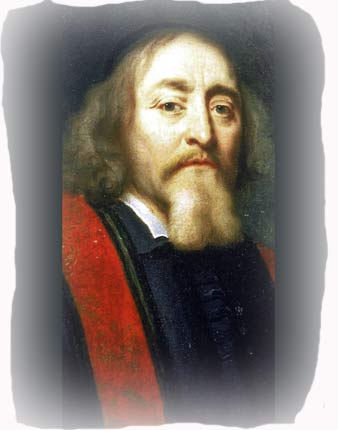Pietists

The name “Pietism” is usually associated with a reform movement that Philipp Jakob Spener helped to start in the Lutheran Church around 1670. However, similar movements had preceded it in the Dutch Reformed Church under Gisbert Voetius and on the German Lower Rhine under Gerhard Tersteegen. It was a reaction against and an alternative to the dead orthodoxy that had come to dominate both the Reformed and Lutheran churches.
One writer has described the Luther Church of that era, as follows:
A rigid confessionalizing of Lutheranism was undertaken by its seventeenth century theologians. ...The result was an unprecedented hardening of Lutheran doctrine. Not only did the guardians of orthodoxy endeavor to keep pure the teachings of the communion, but the truth had to be stated in accepted phrases. Any deviation in phraseology was immediately viewed with great suspicion. ...In this heavily dogmatic atmosphere, the essence of Christianity came to be regarded as consisting in a series of rationally ordered propositions. Faith had been largely re-defined so as to consist in personal assent to those propositions.*
In his sermons, Philipp Jakob Spener, a Lutheran pastor, emphasized the necessity of a lively faith and the sanctification of daily life. His preaching brought him many adherents among the more serious Lutherans. Nevertheless, Spener soon realized that he would not be able to move the masses at large to the desired degree of sanctification.
However, instead of starting a new church or sect, as had the non-Catholic Spiritualists before him, Spener conceived the idea of a “church within a church.” That is, he would establish a collegia pietatis, a group of devout believers who would meet in private in his own house for prayer and Bible study. Yet, this group would remain part of the Lutheran Church. They would not baptize, celebrate communion, or meet at times that conflicted with the scheduled services of the Lutheran church.
Spener set forth his ideas in a book he wrote, entitled Pia Desideria —pious desires. Pia Desideria won Spener many followers, but it also aroused violent opposition among Lutheran theologians. Soon Spener was joined by others, like August Hermann Francke, in his desire to bring spiritual renewal to the Lutheran Church. Similar movements sprung up in the Puritan and Reformed churches.
The Pietists were concerned not only with inner piety, but also in the practical application of Jesus’ teachings. For example, Francke and other Pietists established orphanages and schools for the poor. They also promoted foreign missions and worked to disseminate Bibles to the public.
At the same time, the Pietists generally adhered to the dogma of the established church—whether Reformed or Lutheran. The major thing they added to Protestant theology was the Spiritualist emphasis on the new birth.
A book that many Pietists found influential--although written by a Roman Catholic--was the The Practice of the Presence of God by Brother Lawrence. ___________________ *Ernest F. Stoeffler, The Rise of Evangelical Pietism, pp. 182,183.